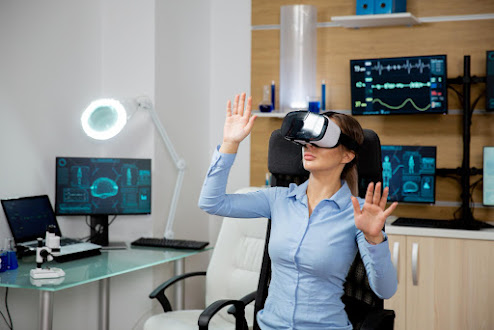Immersive Learning: Virtual Reality Nursing Simulation Unleashed

Nursing education is a symphony of compassion, knowledge, and resilience.Just think of classrooms buzzing with enthusiastic minds, simulations reflecting real-life scenarios, and guides forming the next generation of caregivers. At its core, nursing education is about cultivating holistic development. It's about instilling the craftsmanship of empathy, the science of medication, and the intelligence to explore complexities. It's about transforming people into guardians of well-being, advocates for change, and pillars of support. Beyond the limits of conventional learning, nursing education grasps innovation. From virtual reality simulations to interdisciplinary collaboration, it's a dynamic journey moved by curiosity and innovation. Nursing education is a reference point of trust. It's about empowering people to make a difference, one patient at a time. So, as we embark on this journey, let's celebrate the essence of nursing education: a pathway to healing, a test...




.jpg)



